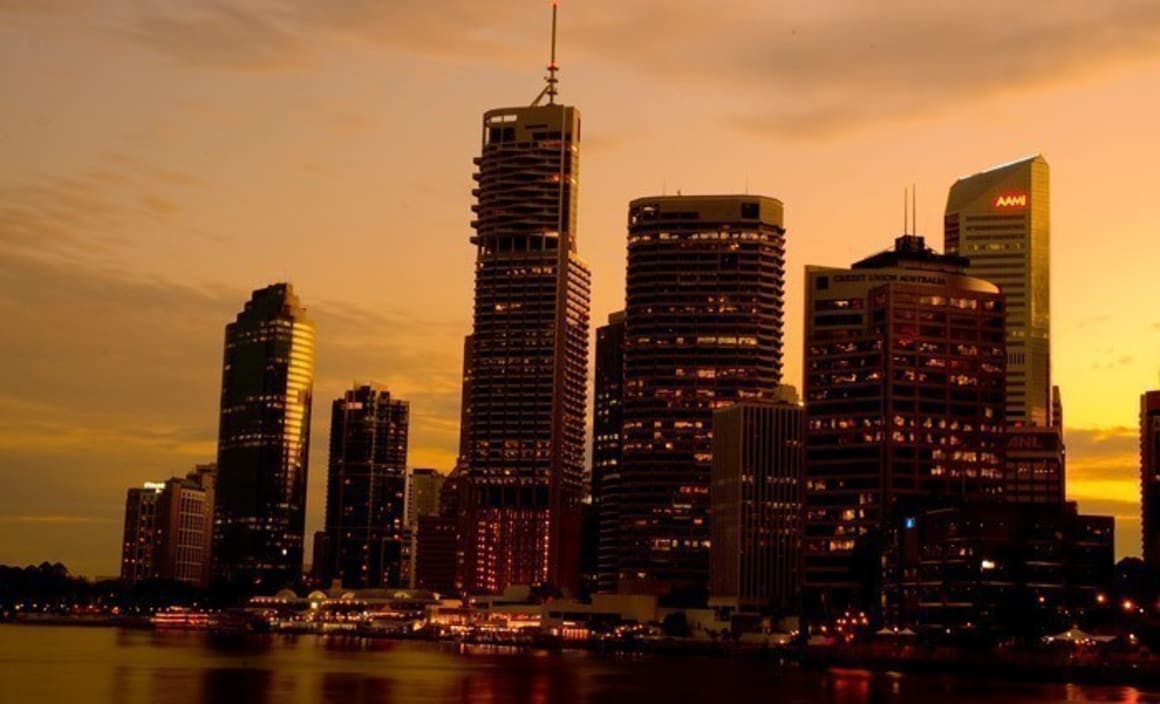Buyer appetite to remain strong in Australian hotel market in 2016: CBRE

The Australian hotel sector recorded deals worth nearly $500 million in the first quarter of 2016 and will continue to grow through the year despite the recent strength in the Australian dollar, says new research.
Appetite for domestic travel will remain firm and the higher dollar will not be enough of a dampener to discourage overseas visitors travelling to Australia, says real estate firm CBRE’s Q1 Australia Hotels MarketView.
Cairns and the Gold Coast are expected to remain the star performers of the Australian hotel market after double digit growth in revenue per available room (RevPar) for the year to March 31, 2016.
RevPAR was 15.3 percent for Cairns and 11.3 percent for the Gold Coast in the year to March as a result of record international and domestic travel numbers.
But not all major markets grew at the same pace, with an increasing divergence between the performance between the resource impacted cities of Perth and Darwin, the major business hubs of Sydney and Melbourne, and the outperforming hospitality markets in Queensland, says the report.
“The mining hubs of Perth and Darwin continue to suffer from the downturn, with Darwin being particularly hard hit due to increased supply levels,” said CBRE Hotels’ research manager Benjamin Martin-Henry.
“Melbourne is in a state of transition, with occupancy rates increasing but average daily rates (ADR) having fallen, resulting in a drop in RevPAR. Sydney is also in a period of transition, with a slight decrease in occupancy results, although this is likely to be temporary as visitor demand remains strong.”

The report also highlights that Canberra and Hobart have started the year on a positive note, with Hobart benefitting from substantial increases in tourist numbers.
However, the country’s key leisure markets in Queensland have been the real standouts.
“The Gold Coast and Cairns continue to outperform the rest of the country, posting the highest RevPAR growth rates for any major markets," Martin- Henry said.
CBRE Hotels’ Hayley Manvell added that with a lack of new accommodation coming onto the market in both Cairns and the Gold Coast, demand was expected to outstrip supply in the short to medium term.
“Investors are likely to be keeping a close eye on these markets and will look to pick up any assets that come up for sale and benefit from the growth in these regions,” Manvell said.

Overall transaction volumes in 2015 surpassed expectations – and this momentum has carried into 2016, says the research.
Major deals included the purchase of the Vibe Hotel, Sydney, by Singapore’s Far East Organisation for $90 million and the Crowne Plaza Terrigal on the NSW Central Coast trading hands for $58 million, being bought by a venture between the Laundy and Karedis families.

CBRE national director Wayne Bunz said it remained to be seen whether the slowdown in the Chinese economy and recent gains in the Australian dollar would impact overseas buyer interest.
However, he noted that CBRE’s latest Asia Pacific Investor Intentions survey had shown that investors were more likely than ever before to purchase hotel assets.
“In our 2015 Investors Intentions survey, just 1% of investors indicated they would be purchasing hotel assets that year. Fast forward 12 months and that interest has jumped to 14 percent, with hotels now ranking as the third most sought after asset class behind office and logistics,” Bunz said.
“One of the ongoing constraints will be the lack of purchasable stock and, with high levels of competition pushing up already high prices in Sydney and Melbourne, investors are expected to increasingly focus on opportunities in regional areas.”
Bunz added that investors still perceived the Australian hotel sector to be a long term growth play and this was underpinning buyers’ willingness to pay premiums to secure high quality assets.
“This is compressing investment yields further, with this trend set to continue over the remainder of 2016,” Bunz said.